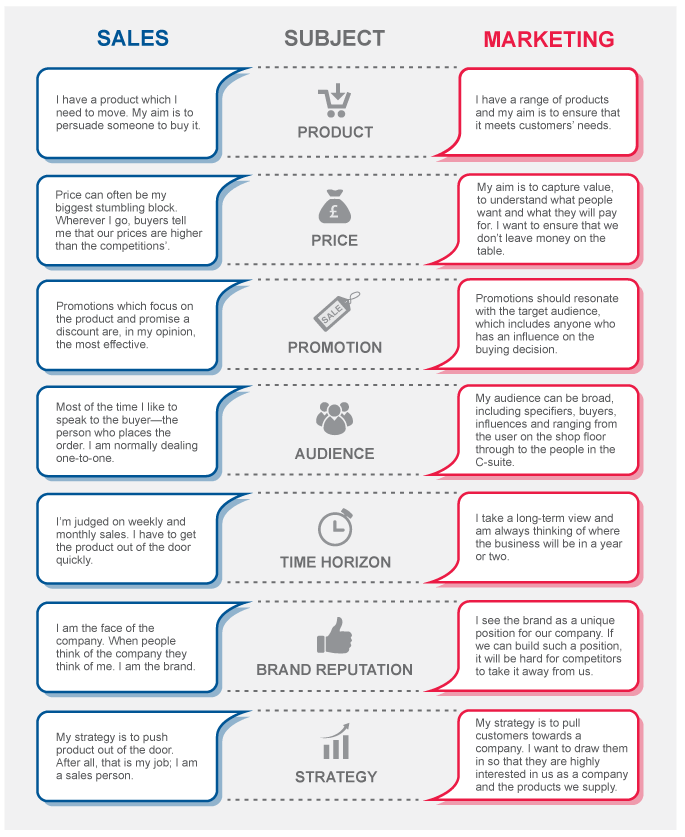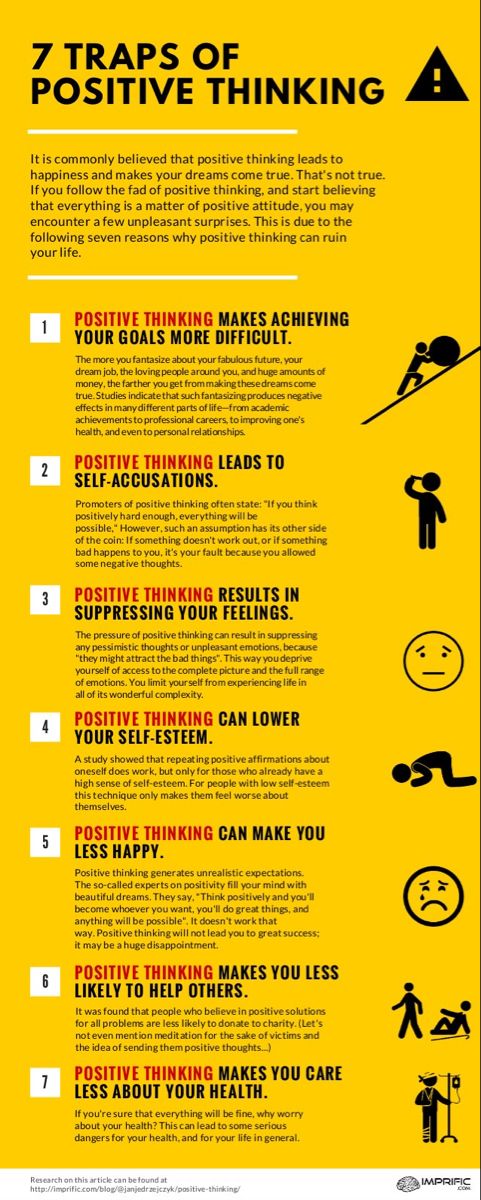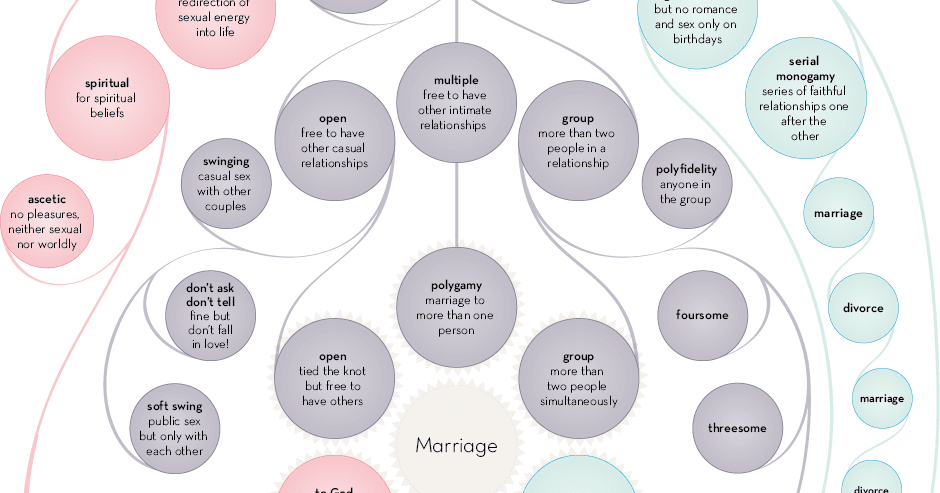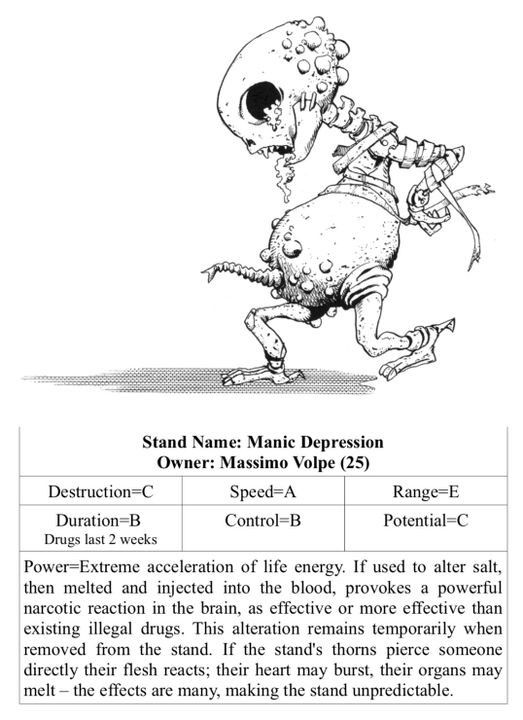How long does counseling take
How long does therapy take to work?
One of the first considerations when exploring therapy as a solution is the length of treatment, or time before symptoms will begin to heal. Understandably, those seeking therapy want to understand the cost—in time, energy, and money—and scope of the endeavor. There isn’t one clear answer for how long therapy takes to work. To start, each person may have his or her own definition of ‘work.’ One may explore therapy to examine an acute issue, while another may be visiting a therapist to address chronic problems or conditions.
It’s essential for anyone considering therapy to have an open, collaborative relationship with the chosen therapist in order to understand how long therapy treatment is projected to last, and when to know if it’s effective. During your conversations, you should be regularly checking in on goals of treatment, progress, and planning. In this way, you’ll be clued into your own journey and have a better idea of the type, cadence, and duration of your treatment.
There are many factors to consider when it comes to mapping out the details, including length, of your own journey in therapy. We’ll also explore what to look for in order to measure progress and healing.
When will I know therapy is working for me?
The question of when to expect results from therapy is one that’s likely to be asked both before seeking treatment, as well as during. There are a number of variables to explore with your therapist in order to best understand how long you should expect to be in treatment, and how to define success.
Understand your reason for treatment
Dr. James Hawkins of Good Medicine says some types of problems will likely need more treatment sessions that others. “In general clients who want help with more severe problems will probably need more treatment sessions to achieve recovery,” states Hawkins. “By more severe, I'm referring to variables like the extent and intensity of symptoms at presentation, how long the problem has been going on for, and how resistant it has proved to previous attempts at therapy.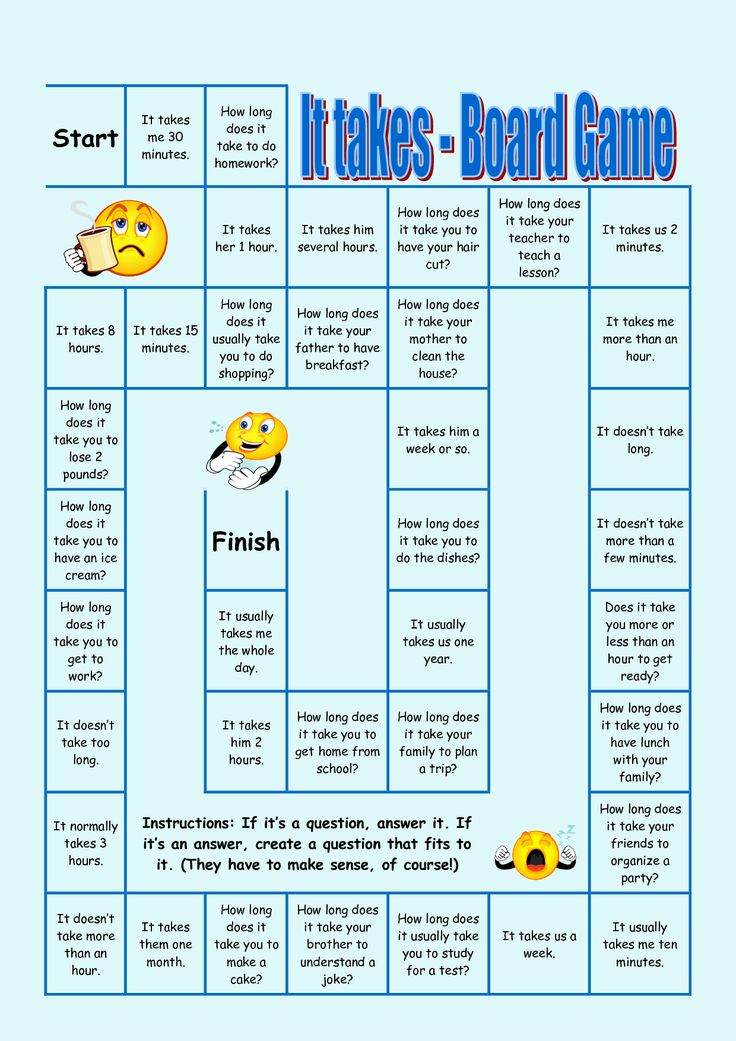 Relevant too is the overall quality of the client's life...so it's not just the severity of the presenting problems that govern speed of response, but also the strengths and resources the client has more generally in other areas of their life.”
Relevant too is the overall quality of the client's life...so it's not just the severity of the presenting problems that govern speed of response, but also the strengths and resources the client has more generally in other areas of their life.”
Your treatment roadmap will look different depending on the reason you’ve sought therapy, as well as your day-to-day environment and what you’re hoping to gain from therapy sessions.
Personal goals
In addition to factoring in specific mental health conditions, disorders, and experiences, your specific goals in seeking treatment will affect how long you spend in therapy. While the ultimate goal is likely full recovery, some may simply seek temporary, tangible improvements.
Your therapist’s style
Therapists vary in type, techniques, and plans of treatment. Addressing the question of ‘when will therapy work for me?’ with your therapist is a great starting point for establishing regular check-ins about your progress. Other therapist-specific factors to explore and continue keeping tabs on include:
Other therapist-specific factors to explore and continue keeping tabs on include:
- Making headway: Everyone grows, heals, and recovers at different speeds. In addition to speaking with your therapist about what progress should look like for you (such as benchmarks, milestones, etc.), ask your therapist for additional resources to explore more about what you’re going through—like books, podcasts, or studies.
- Dependency: Fear of dependency keeps many away from starting therapy in the first place. While those with more involved treatment plans (such as longer or very frequent scheduled sessions) may see therapy as a large part of daily life, being afraid of developing dependency on therapy shouldn’t be a worry. While dependency on therapy could prolong therapy treatment, qualified and effective therapists will make your progress and independence a priority throughout sessions.
- Engagement: How often do you and your therapist circle back on how sessions are going? Asking for regular feedback and truly engaging in your treatment is a solid way to understand what your treatment timeline looks like and align on your goals with your therapist.
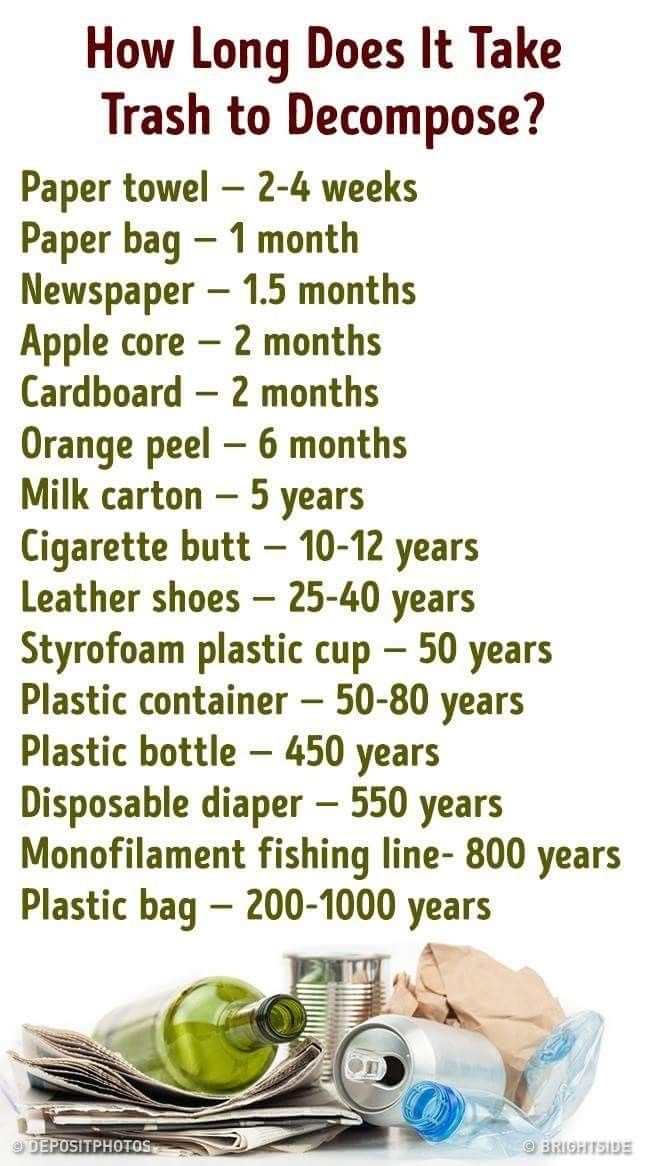
An ongoing conversation
Scheduling a cadence of check-ins about where you fall on the treatment timeline may help you better understand if and when therapy is working for you. You and your therapist should agree on time and method for touching base about progress and goals. Often during treatment another issue may arise, separate or in some correlation to the original issue you first sought help—this may alter the course of your treatment, but shouldn’t be seen as a setback. Though if you believe you aren’t progressing as you’d hoped, make sure to speak with your therapist.
Digging into the data
As we’ve explored, everyone is different when it comes to progress in therapy, and when to know whether it’s ‘working’ for them. There have been some studies conducted to measure averages and explore data across different sets of those in treatment.
Michael Lambert, author of Bergin and Garfield's Handbook of Psychotherapy and Behavior Change says, ”Therapy is highly efficient for a large minority of clients, perhaps 30% of whom attain a lasting benefit after only three sessions. ” He also speaks to when monitoring for improvement, “...It appears 50% of patients respond by the 8th session and 75% are predicted to need at least 14 sessions to experience this degree of relief.”
” He also speaks to when monitoring for improvement, “...It appears 50% of patients respond by the 8th session and 75% are predicted to need at least 14 sessions to experience this degree of relief.”
The American Psychological Association published statistics regarding how long it may take for treatment to work. Their data states:
- “Recent research indicates that on average 15 to 20 sessions are required for 50 percent of patients to recover as indicated by self-reported symptom measures.”
- “There are a growing number of specific psychological treatments of moderate duration (e.g., 12 to 16 weekly sessions) that have been scientifically shown to result in clinically significant improvements.”
- “In practice, patients and therapists sometimes prefer to continue treatment over longer periods (e.g., 20 to 30 sessions over six months), to achieve more complete symptom remission and to feel confident in the skills needed to maintain treatment gains.”
- “Clinical research evidence suggests that people with co-occurring conditions or certain personality difficulties may require longer treatment (e.
 g., 12 to 18 months) for therapy to be effective. There are a few individuals with chronic problems who may require extensive treatment support (e.g., maintenance therapy to reduce risk of psychiatric re-hospitalization), but such patients are a minority of those who need or seek treatment.”
g., 12 to 18 months) for therapy to be effective. There are a few individuals with chronic problems who may require extensive treatment support (e.g., maintenance therapy to reduce risk of psychiatric re-hospitalization), but such patients are a minority of those who need or seek treatment.”
How to track your progress in therapy
A data-driven method of therapy helps quantify progress, further establishing forward movement and growth in treatment. Two Chairs specializes in a Measurement-Based Care (MBC) approach to therapy, using self-reported client data to tailor care and track progress in therapy over time—which can lead to better outcomes, faster. It’s estimated that clients who engage in care that incorporates MBC fare 76% better than clients in usual care, and they benefit from care in about half of the time as usual care¹. Overall, the benefits of MBC are indisputable, and yet it is estimated that less than 20% of mental health providers in the U.S. incorporate measures into their care and only 5% do so based on industry best practices².
Those who engage in an MBC approach to therapy may feel empowered by tracking progress and self-reflection on a regular and ongoing basis. In addition, with MBC, measurement goes beyond that of just symptoms, and highlights the quality of the relationship between a client and a clinician—a core aspect in the therapeutic process.
The amount of time needed for therapy to work varies greatly. Factors that have an influence on time needed for therapy to work include personal goals, rate of progress, your specific therapist’s style of treatment, as well as environmental circumstances. While complete recovery is a motivating driver of treatment, considering your own progress should be top of mind. Book your matching appointment to learn how Two Chairs can start helping you, today.
If you or someone you know is seeking mental health care, you can reach out to our Care Coordination team at [email protected] or by phone at (415) 202-5159.
If you or someone you know is experiencing an emergency or crisis and needs immediate help, call 911 or go to the nearest emergency room. Additional resources can be found here.
Additional resources can be found here.
¹Lambert, M.J. (2017). Maximizing psychotherapy outcome beyond evidence-based medicine. Psychotherapy and Psychosomatics, 86, 80-89.
²Lewis, C.C., et al. (2019). Implementing measurement-based care in behavioral health: A review. JAMA Psychiatry, 76(3), 324-335.
How Long Does Therapy Take? — Integrative Psychotherapy Mental Health Blog
How Long Does Therapy Take?I've heard individuals share that they are concerned about starting therapy because there's a notion that once you start, you will be on the couch forever.
I would like to smash that stigma right here and right now. If you decide to go to therapy, for any reason, it does not mean that you;
Are a defeatist, a label junky or that you are weak (in fact it's quite the opposite. Therapy is empowering and a sign of strength)
Are becoming a "shrink-goer" for life
Will become overly dependent or addicted to therapy
Are entering into a “marriage” or long-term contract with your therapist
Will you lose your choice about when to end therapy at any point in time (this is always your choice.
 If it’s a long term relationship, it’s ideal to have a wrap up session, but that is still purely your choice!)
If it’s a long term relationship, it’s ideal to have a wrap up session, but that is still purely your choice!)
In reality, some people attend therapy for one session, three sessions, a few months or a few years.
Although I don’t typically recommend only one session, there have been some research developments about "single session" shifts that seem promising. According to a study published in 2006 in the Journal of Consulting and Clinical Psychology, 88% of those attending therapy expressed improvement even after only one session.
In 2001 the Journal of Counseling Psychology reported that clients rated significant emotional relief from attending 7-10 sessions.
The length of time it takes to achieve successful outcomes is not one-size-fits all. For some people, short term treatment is enough and for others who have more extensive treatment goals, choosing a longer plan of action is preferable.
What factors could impact the length and efficacy of my therapy treatment goals?1} Collaboration between therapist and client
Many times a client will call and say "I heard you're the best” or “you came highly recommended, can I book a single session with you?" To which I often say, "It’s important to identify who the best therapist is for YOU.
Even if I have developed a strong therapeutic relationship with your friend, it’s important to explore if we are also a good fit for one another. It is critical to find just the right fit." All therapists have different specialties, skill sets, personalities and tendencies. If you're working with someone you don't jive well with, or who makes you uncomfortable, your therapy will keep stalling and you won't get any closer to achieving your goals. So be mindful and take your time choosing the “right fit therapist” for you (Luborsky, 1976).
The healing happens precisely within the context of the relationship, so choosing a therapist you can build trust with will impact your treatment’s efficacy.
Building an alliance and having a strong collaborative relationship has been proven to impact the successful outcomes of treatment (Ardito & Rabellino, 2011). Therapy is collaborative work and its success will depend on a solid connection.
2} Everyone Has Different Treatment Needs
Some issues are easier to identify, address and treat than others. A more simple life challenge can take a few sessions whereas more complex situations might require anywhere from 6 months to a number of years.
A more simple life challenge can take a few sessions whereas more complex situations might require anywhere from 6 months to a number of years.
For example, if there are no underlying concerns, getting help to process a recent break up, to help figure out goals at a crossroad in life or resolving interpersonal conflict can be successful with shorter term support and goal-focused work in as few as 3 or 4 sessions to a few months.
Alternatively if there is a history of abuse, neglect or betrayal, the healing process may take longer if you want to experience lasting shifts and long-term relief. This is also true for more severe mental health diagnoses that respond best to ongoing, consistent treatment (Gabbard, Litowitz & Williams, 2012).
3} Your Level of Motivation & Drive
If you're choosing to begin therapy, you're definitely motivated enough to begin the process.... However, it's important to keep in mind that sometimes engaging in ongoing work can get exhausting. It takes grit, persistence and patience to work towards your goals and sometimes it gets hard. Really hard. Once we start to scratch the surface, layers of past challenges that you think you had dealt with already (albeit maladaptively) start to bubble and simmer. We might find old tendencies towards passivity, self-neglect, codependence, defiance or problematic relationship patterns that seem to be inhibiting further movement and change.
It takes grit, persistence and patience to work towards your goals and sometimes it gets hard. Really hard. Once we start to scratch the surface, layers of past challenges that you think you had dealt with already (albeit maladaptively) start to bubble and simmer. We might find old tendencies towards passivity, self-neglect, codependence, defiance or problematic relationship patterns that seem to be inhibiting further movement and change.
If you keep getting stuck or you are hoping that your therapist will do the work for you, your therapy will take a whole lot longer (Krupnick, Sotsky, Simmons, Moyer, Elkin & Watkins, 1996). Just like the act of buying a gym membership won’t lead to health (unless you actually use it), mental health won’t progress without actually putting in the effort required to attain it. Just like you can’t pay the membership fee at the gym and expect that only using the hot tub and sauna will generate health, therapy can’t and shouldn’t feel like a day at the spa.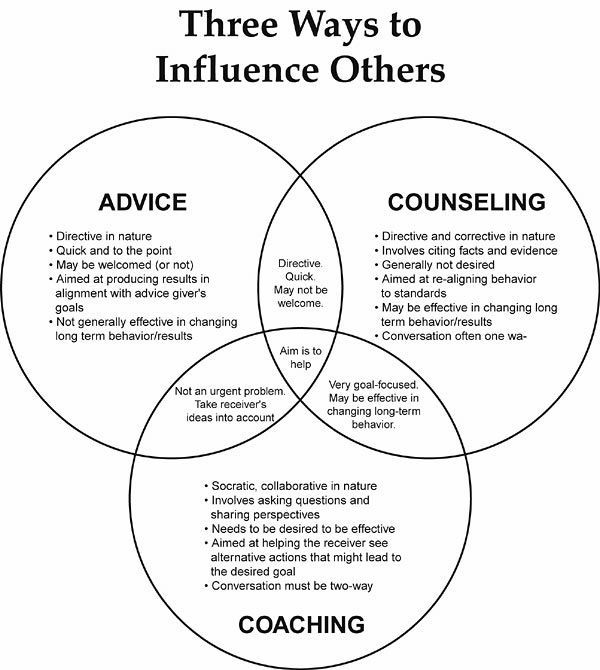 Success will be dependent on ongoing and consistent effort.
Success will be dependent on ongoing and consistent effort.
Of course, when stagnation, old habits or blockages come up, like a personal trainer, your therapist will help you work through your blockages (help being the operative word), but that’s not where the change happens. It happens with you. With your commitment to homework and lifelong learning.
4} Acceptance of Humanity
The most beautiful parts of us are only beautiful because of what it took to get to that beauty - and I’m not talking about the Hollywood kind of plastic beauty. I’m talking about the marks that adversity leaves on our hearts, minds and souls. It’s hard to accept “in the moment” (so never say this to someone who is in active struggle), but when you meet someone who has gone through hell and back, they are usually the most thoughtful, balanced, well adjusted and kind people you will ever meet.
They had to work harder than others to become who they are and their battle scars are usually the parts that shaped them.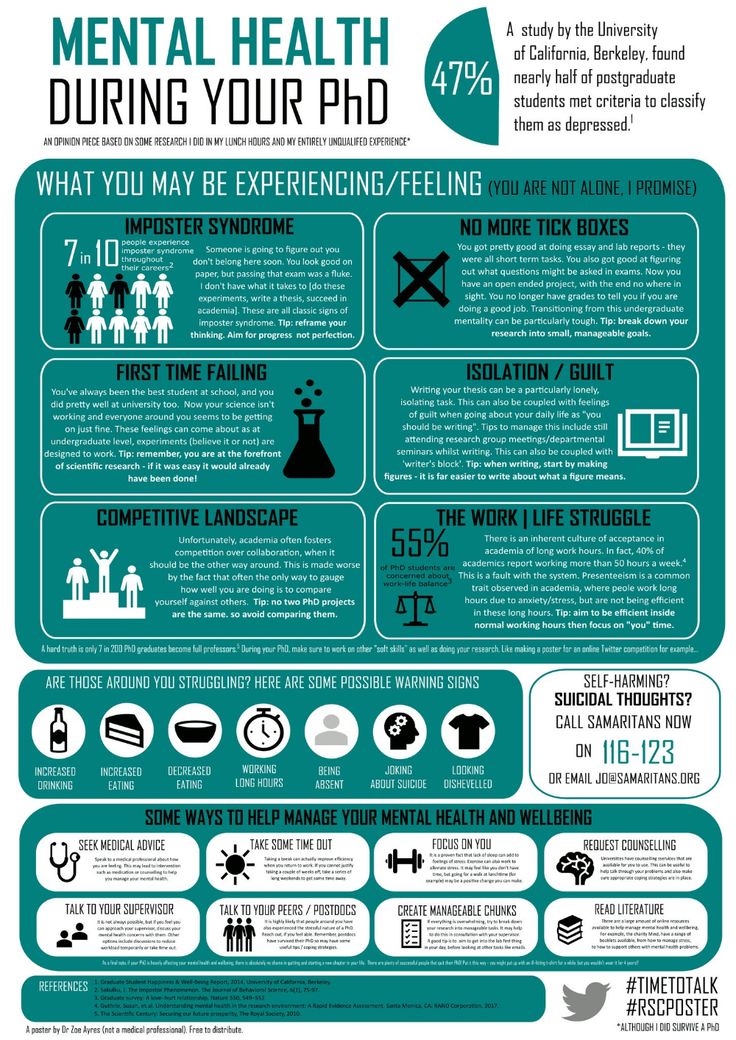 The scars are a symbol of hope that they can rise up when they are down and those downs are just as much a part of their story and the ups.
The scars are a symbol of hope that they can rise up when they are down and those downs are just as much a part of their story and the ups.
Japanese Kintsugi artists repair broken pottery by gluing the pieces back together and filling the “scars” with precious materials like gold, silver and platinum. This method is founded on the philosophy that breakages and repairs are not only a part of the object’s history but an essential aspect of its beauty.
Scars should not be disguised, but transformed into something even more beautiful and precious.
The therapeutic process can sometimes feel like you have been broken and you are not even sure if it’s possible to be put back together. I can assure you that although it feels that way, you are not broken. It’s sort of like when you start to clean out your garage or attic and it looks way worse during the cleaning process, like you made a much bigger mess… and it’s even more overwhelming than it was when you started… but that mess is actually an essential part of the organizing process.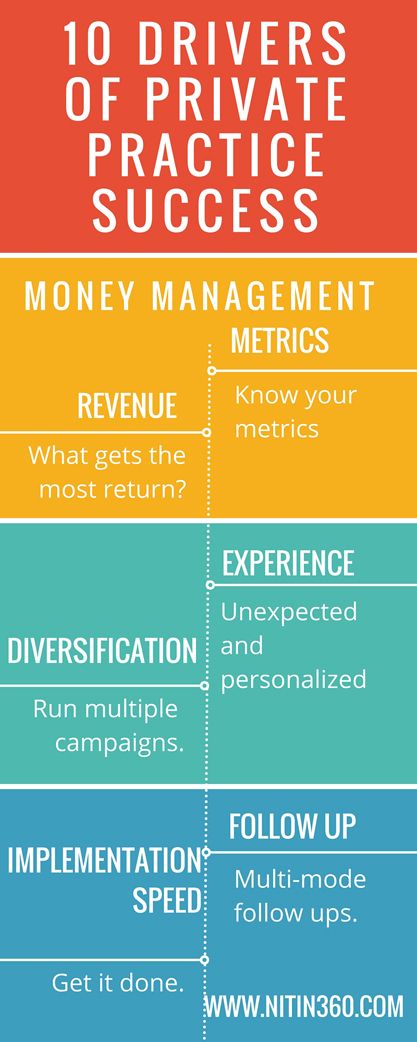 Your mind and body has a lot stored up in it. It’s completely human for your problems to feel like they have been exacerbated before they get better.
Your mind and body has a lot stored up in it. It’s completely human for your problems to feel like they have been exacerbated before they get better.
Therapy can feel like accelerating at some moments, and other times like you’re a “barely moving turtle”
In therapy, sometimes you will feel like you've pressed on the accelerator and are implementing change with ease, and that will feel great! At other times, you might feel exhausted, drained, like you just climbed Mount Everest, or you might get frustrated with your progress, feeling like you're moving slower than a turtle-pace. It's all ok. In the end, the turtle beat the hare because “slow and steady wins the race.”
Stay steady to experience the exciting shifts and gains
As long as you're committed to your goals, you'll work through it all, including your pace frustrations, and you will keep moving forward in typical human fashion. I've never seen a perfect linear, smooth therapy process that flows perfectly.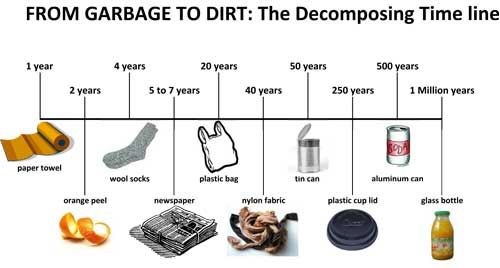 The therapy process is meant for humans and all the complexities that come along with that status.
The therapy process is meant for humans and all the complexities that come along with that status.
And of course, if you have a question, ask your therapist who is the expert on getting to know you and would best answer in a personalized fashion for you!
If your’e in New York and are looking to engage in counseling for your anxiety, trauma, depression or relationship issues, reach out here. Our therapists are trained in advanced methods such as EMDR, somatic therapy (mind-body), art therapy and cognitive work.
Sources:
Ardito & Rabellino (2011). "Therapeutic Alliance and Outcome of Psychotherapy": Historical Excursus, Measurements, and Prospects for Research.
Gabbard, Litowitz & Williams (2012). Textbook of Psychoanalysis 2nd Edition
Luborsky L. (1976). “Helping alliances in psychotherapy: the groundwork for a study of their relationship to its outcome,” in Successful Psychotherapy, ed. Cleghorn J. L., editor. (New York: Brunner/Mazel; ), 92–116
Krupnick J. L., Sotsky S. M., Simmons S., Moyer J., Elkin L., Watkins J. T. (1996). The role of the therapeutic alliance in psychotherapy and pharmacotherapy outcome: findings in the National Institute of Mental Health Treatment of Depression Collaborative Research Programme. J. Consult. Clin. Psychol. 64, 532–53910.1037/0022-006X.64.3.532
L., Sotsky S. M., Simmons S., Moyer J., Elkin L., Watkins J. T. (1996). The role of the therapeutic alliance in psychotherapy and pharmacotherapy outcome: findings in the National Institute of Mental Health Treatment of Depression Collaborative Research Programme. J. Consult. Clin. Psychol. 64, 532–53910.1037/0022-006X.64.3.532
HOW IS THE ORTHODONTIST CONSULTATION | Barracuda, orthodontic center, Izhevsk
During this time, the doctor finds out the reason for your appeal, clarifies whether you have previously worn any orthodontic appliances, what you would like to change, what results to achieve in the treatment process.
An open and confidential conversation is the basis of treatment planning.
Examination of the oral cavity allows the doctor to assess the condition of the teeth and soft tissues surrounding the teeth, the bite condition, the condition of the temporomandibular joint, and to identify existing disorders. In addition, the doctor always evaluates the profile of the face, the severity and symmetry of the nasolabial and chin folds, the closing of the lips, and breathing.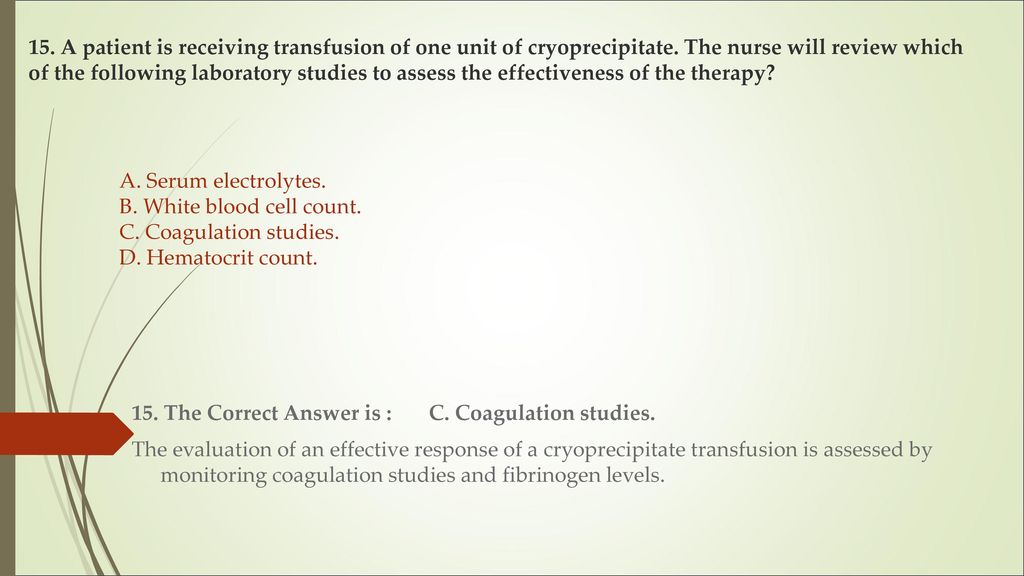
To make the consultation more informative, it is better to take the diagnostic images you have (orthopantomogram) with you. If there are no pictures, we can take them.
It should be noted that in order to make an accurate diagnosis, in addition to an orthopantomogram, additional X-ray examination may be required - lateral and (or) direct teleroentgenogram of the head, computed tomography. And if there are complaints of pain or "clicking" in the joints - X-ray or computed tomography of the temporomandibular joints.
Accurate diagnosis is the basis of correct treatment.
If you need an integrated approach to treatment with the participation of other specialists (dentist-therapist, surgeon, periodontist, orthopedist, ENT doctor, etc.), the orthodontist will refer or immediately write you to them for a consultation.
Based on the examination and collected diagnostic data, the doctor will tell you in detail:
about your bite;
possible treatment options, their duration and costs;
about conditions of interaction during treatment and restrictions;
indicates how often you will visit an orthodontist and other specialists;
how long the retention period will take (the period of fixing the achieved result) and with the help of what equipment.
He will also show pictures of similar cases before, during and after treatment, answer all your questions.
I would especially like to note that at the consultation, first of all, the need and urgency of medical intervention is determined . No one will wait for you to make a momentary decision to start treatment, since any information must be comprehended. And only after understanding the information received from the doctor (method of treatment, terms, cost, payment for treatment, conditions, restrictions, etc.), the administrators will write you down for a second appointment to draw up agreements in writing (Agreement, informed consent to treatment). After that, the stage of working together to create your new smile will begin.
At the follow-up appointment photography is mandatory:
- full face;
- faces in profile;
- smiles in total;
- intraoral images are taken.
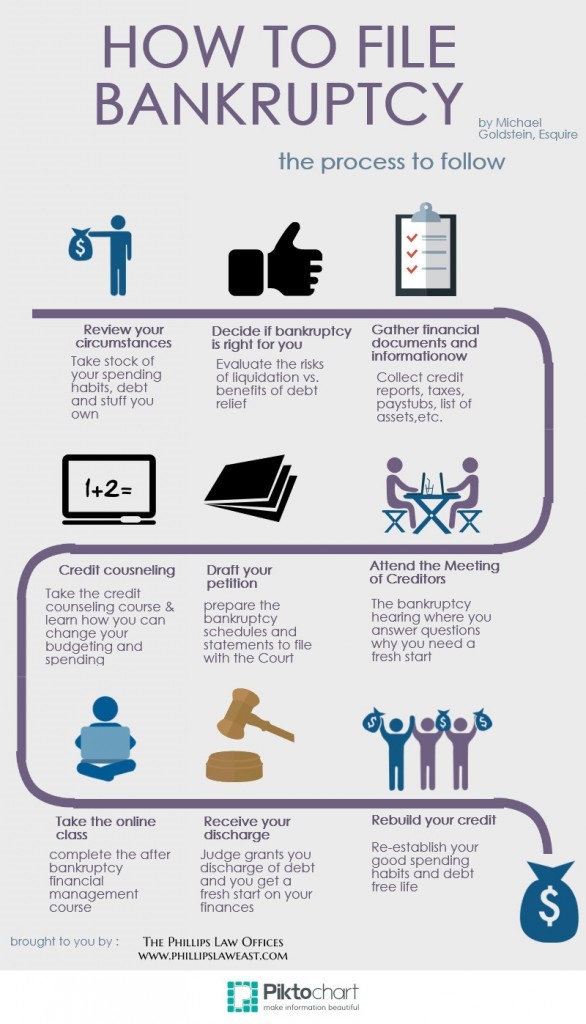
For us, this is an important diagnostic and documentary stage.
After the end of the treatment, you will be able to visually compare your photos before, during and after the treatment, and evaluate the result of the joint work.
It will take no more than ten minutes to take impressions of your teeth. Based on the impressions, plaster diagnostic models will be made for their subsequent analysis.
It should be noted that great attention is paid to diagnostics in orthodontics, every factor that can cause a dentoalveolar anomaly or affect its treatment is evaluated. Only a thorough and comprehensive analysis of the obtained diagnostic data (analysis of plaster models, photometric analysis, calculation of x-rays and, if necessary, computed tomography, expert opinions) will allow the doctor to make an accurate diagnosis, assess the degree of changes in the dental system and develop a plan for future treatment.
The results of the examinations will be recorded in your medical record and, if necessary, can be provided to you at your request.
So, what awaits you before the start of the treatment itself:
- survey
- inspection
- x-ray examination
- joint consultations with other specialists (if necessary)
- photographing
- taking impressions for making plaster models of the jaws
- discussion and agreement on the treatment plan, financial plan and payment terms.
Don't delay your visit to the orthodontist, be healthy and smile beautifully!
If you have any questions, you can ask them on the site to our administrators by phone. 57-0123
Orthodontist's consultation at the Dental Studio Professor Dental Clinic, metro station Otradnoe
This page is especially important for those who are just about to come to our clinic.
The first thing consultation begins with is a survey. It is very important to find out what exactly worries the patient or parents, with what complaints and problems you came to the doctor. For example, crooked teeth, their incorrect position, an ugly smile, or the size and position of the chin. The second is inspection.
For example, crooked teeth, their incorrect position, an ugly smile, or the size and position of the chin. The second is inspection.
Consultation with an orthodontist takes place in several stages.
The initial consultation lasts approximately 15-30 minutes. Based on the initial examination, the need and urgency of orthodontic treatment is clarified.
Directions for consultations to other specialists (therapist, surgeon, periodontist, orthopedist) are issued. Our clinic has the opportunity to conduct joint consultations with dentists. Referrals to an otolaryngologist, speech therapist, osteopath, gastroenterologist, and other general specialists may also be given.
Referrals are issued for the necessary additional x-ray examination . Most often it is:
Orthopantomogram (OPTG) – panoramic x-ray of the upper and lower jaw. A very informative photo. On it you can study: the presence of teeth, the degree of formation and resorption of crowns and roots of teeth, the inclinations of teeth and rudiments, existing inflammatory processes, impacted or supernumerary teeth, the level of bone tissue, the location and availability of space for third molars (wisdom teeth) and many other problems , information about which plays an important role before determining the treatment plan.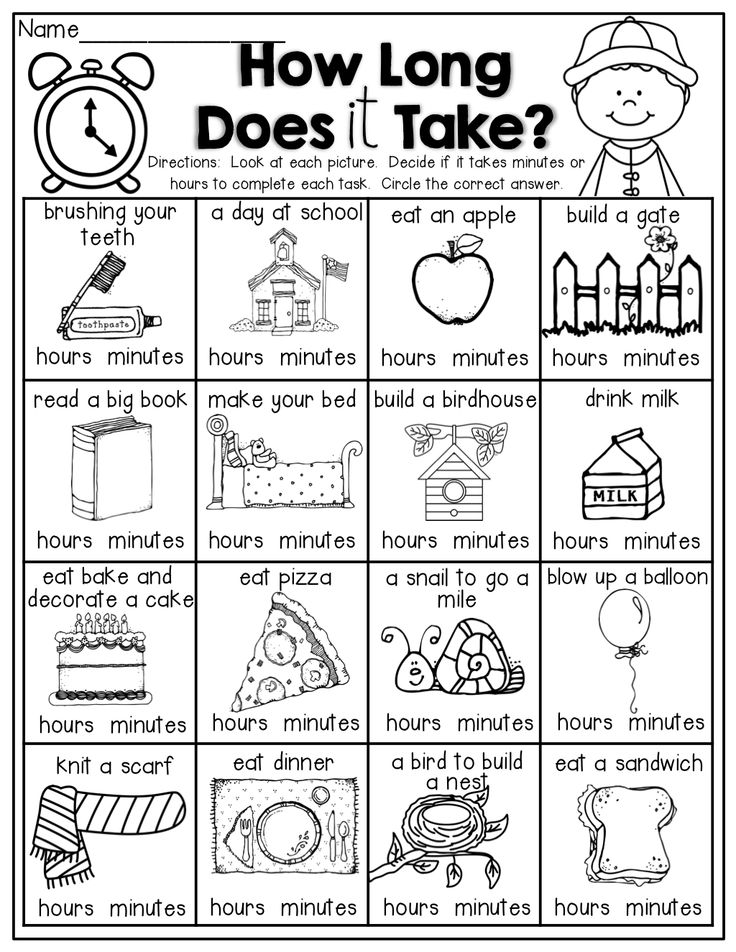 We strongly recommend this image to all patients over 6 years of age before any dental intervention.
We strongly recommend this image to all patients over 6 years of age before any dental intervention.
A photograph taken no more than a year ago is considered reliable, but if you have more recent photographs, take them for an initial consultation.
Teleroentgenogram (TRG) in the lateral and direct projection - a picture of the projection of the head. The TRG shows the bones of the facial and cerebral skulls and the contours of the soft tissues. On TRG, you can study: the position and size of the jaw bones, the position and inclination of the teeth, the direction of the occlusal plane, the type of growth, the relationship between the soft tissues of the face and the jaw bones. All these parameters are calculated by the orthodontist using a special computer program.
It is very important when making a picture to "correctly" close the teeth - in the usual position before multiple contacts. If the patient did not close his teeth or shifted his lower jaw to an unusual forced position during the taking of the picture, then the picture will have to be redone!
In some complex cases, we use a number of additional X-ray examinations, such as computed tomography (KT) . What are the advantages of computed tomography compared to other methods of X-ray diagnostics?
What are the advantages of computed tomography compared to other methods of X-ray diagnostics?
• First of all, in the fact that with standard radiography or, for example, orthopantomography, as a result, a single planar and summation image of the object is obtained, and with a CT study, a three-dimensional object is completely scanned.
• Any normal picture is taken in real time and remains a static flat image thereafter. It can be viewed on a negatoscope or in a visiograph program, but it is no longer possible to look at an object from a different angle or in a different projection - for this you need to take a new picture. In contrast, the three-dimensional reformat restored in the computer's memory is an exact copy of the entire scanned area and, already in the absence of the patient, the specialist can examine any object of interest from any angle, from any side, in all planes and at any depth.
• If a conventional radiograph is a summation image, in which all successively located parts are superimposed on each other, then a computed tomogram is a section of the tissues of an object with a thickness from fractions of a millimeter to several millimeters, drawn arbitrarily in a given place.
• During X-ray examination using any imaging method, a certain projection distortion of the object in magnitude or configuration inevitably occurs, which can lead to errors in the interpretation of the image. With computed tomography, the object is scanned almost "one to one", which eliminates this type of distortion in the process of reconstructing a three-dimensional image and obtaining a slice.
At the initial appointment, you can take casts of for making plaster models of the jaws, or make an appointment for a special visit for taking impressions. Taking impressions takes approximately 15 minutes.
If necessary, at the initial consultation, we take photographs of the patient's face and occlusion. During orthodontic treatment, all our patients are photographed, this is an important diagnostic and documentary stage. In addition, after the end of the treatment, we give patients photos "before" and "after".
For the second consultation, you send the images recommended by us by e-mail or in advance at any time convenient for you from 9:00 to 21:00 bring them to the clinic for calculation. The calculation of pictures takes 1-3 days.
The calculation of pictures takes 1-3 days.
Follow-up consultation (lasts about 30 minutes) is usually devoted to the preparation of a treatment plan and a detailed financial estimate. We will tell you about all the treatment options on various orthodontic equipment, which will have the greatest success in your case. Approximately how long the treatment will last, how often you will come to the appointment, how long the retention period will approximately last and with what equipment.
In our clinic we use OrthoCAD 3D technologies (www.orthocad.ru). Modern digital technology Virtual Set Up is a computer diagnostics, three-dimensional computer simulation of the treatment of complex cases, as well as indirect fixation of brackets. Before the start of treatment, the patient sees a sequential video clip of the result of orthotherapy, discusses the nuances with the doctor, and receives a printout of various treatment options.
We will answer any questions of the patient or his parents in a form understandable to him.


